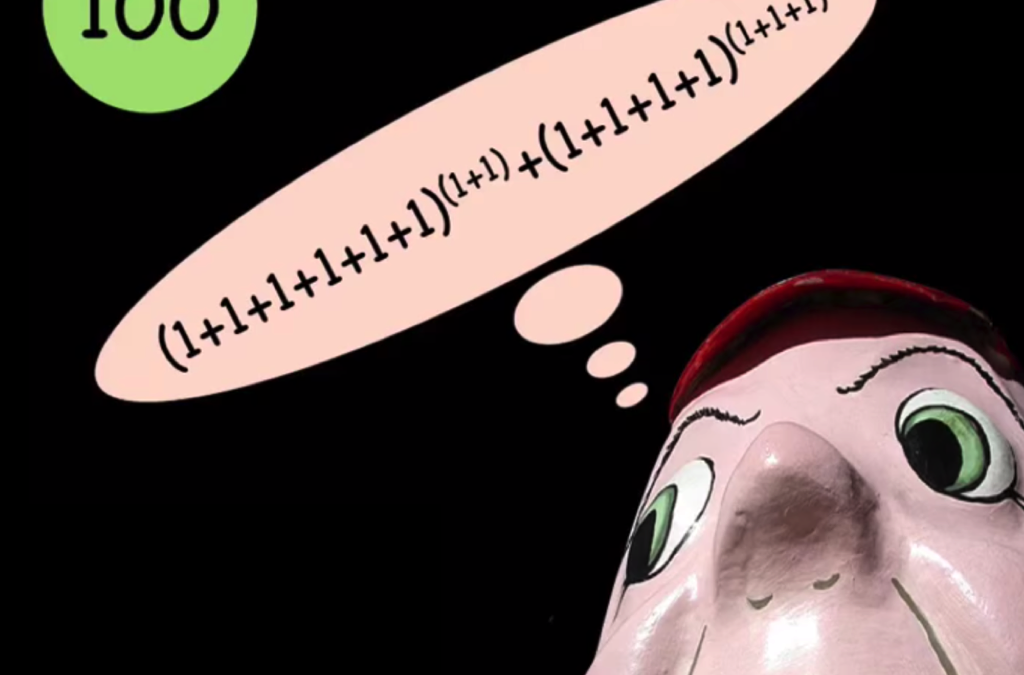
by MathPickle | Sep 18, 2015 |
Using Least 1s (Conway & Guy, 1962) Using multiplication and addition try to create the target number using the least number of ones. For example… to get to the number 12, you could do (1+1+1+1)*(1+1+1) or (1+1+1+1+1)*(1+1)+1+1 but the first solution is...
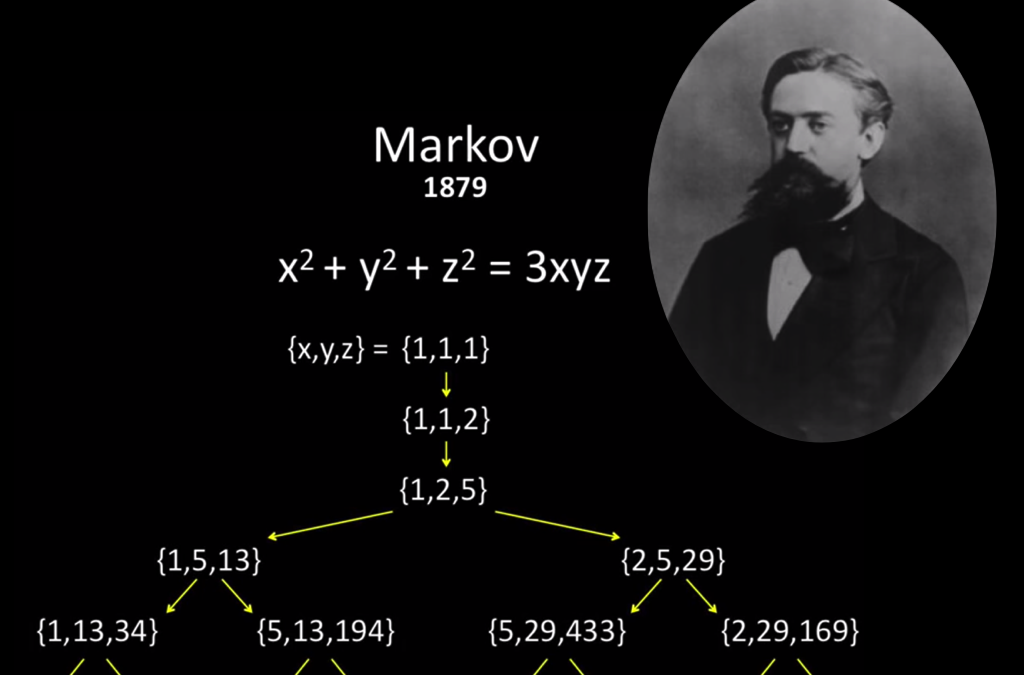
by MathPickle | Sep 16, 2015 |
Algebra Exercises (MathPickle, 2013) These three exercises go from easy to unsolved. It is this last unsolved problem from the nineteenth century that is absolutely essential in every student’s experience of algebra. Chess helps you to concentrate, improve your...
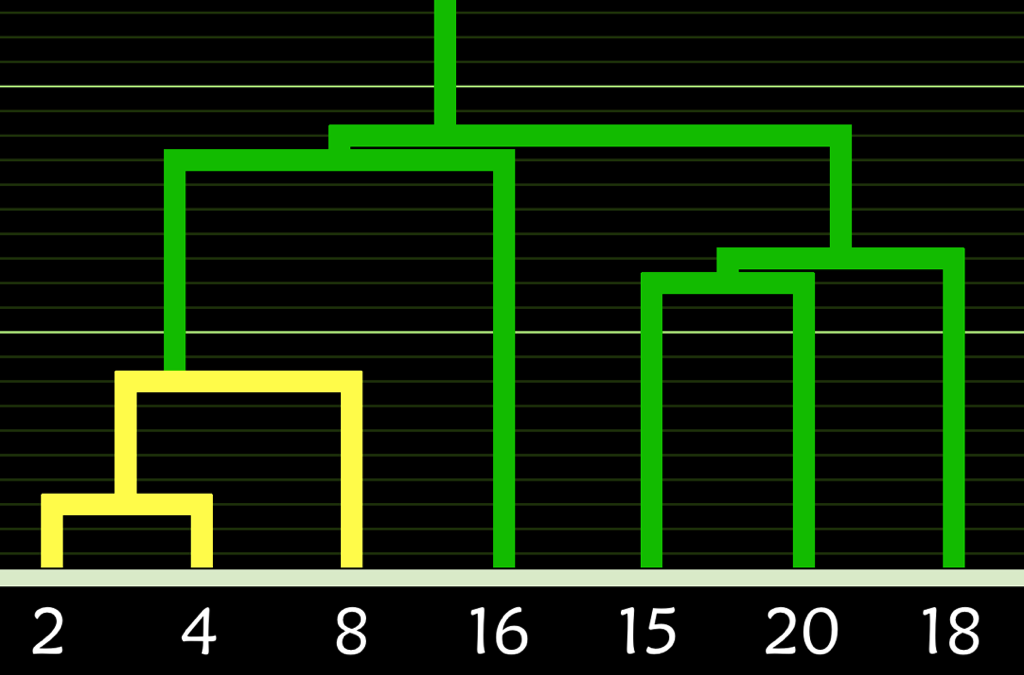
by MathPickle | Sep 16, 2015 |
Tree of Numbers – EKG Sequences (MathPickle, 2014) Student groups should work independently and then collaboratively to find when these integer sequences converge. Neil Sloane introduced me to the first EKG sequence in 2014. Its beauty and suitability for the...
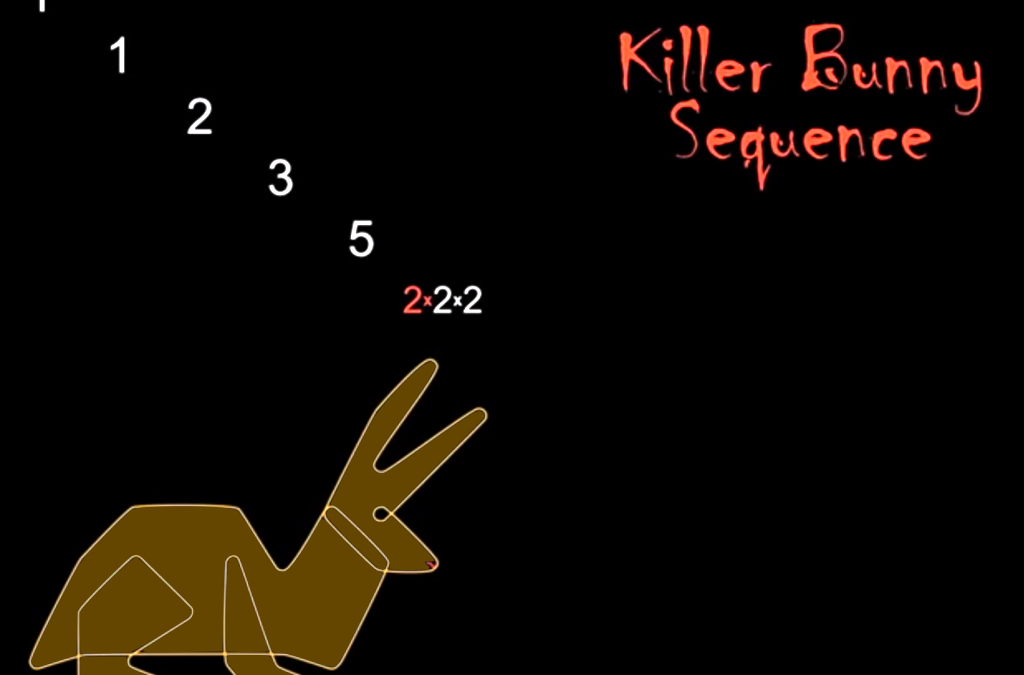
by MathPickle | Sep 16, 2015 |
Killer Bunny Sequence (John Horton Conway) This is a sequence developed by the great mathematician John Horton Conway. After describing the sequence starting with 1,1 student pairs should start with their own two numbers from 1-10 and see what happens to their...
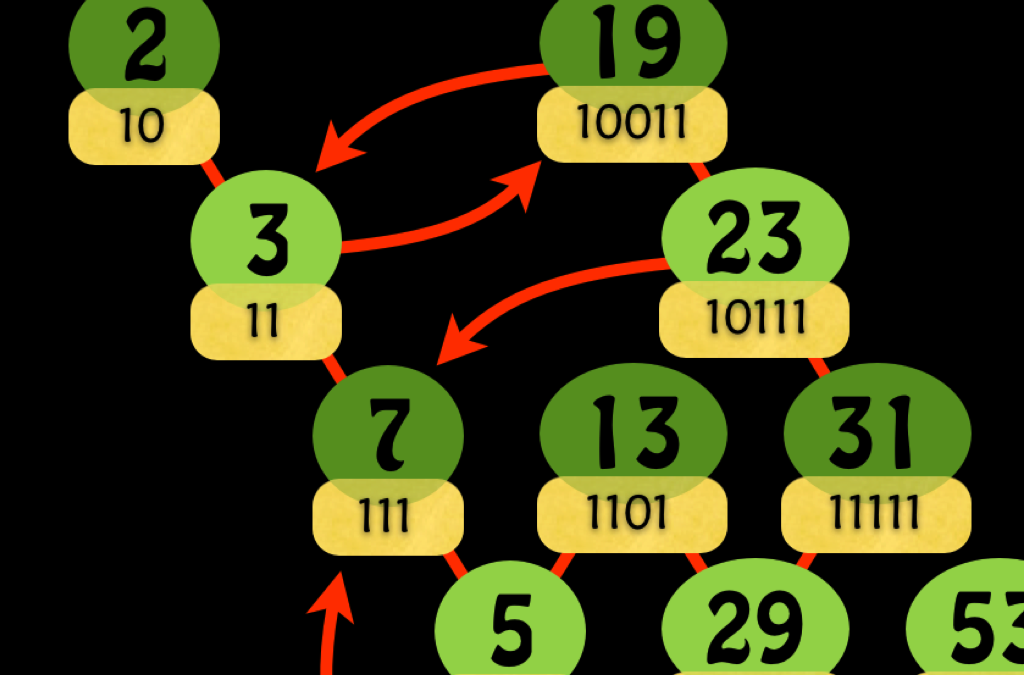
by MathPickle | Sep 16, 2015 |
Prime Number Catacombs (William Paulsen, 2000) This is absolutely one of my favourite pedagogic discoveries from recreational mathematics. It is engaging, evocative and curiosity inducing. I now prefer to start students groups off at different numbers. They must try...





